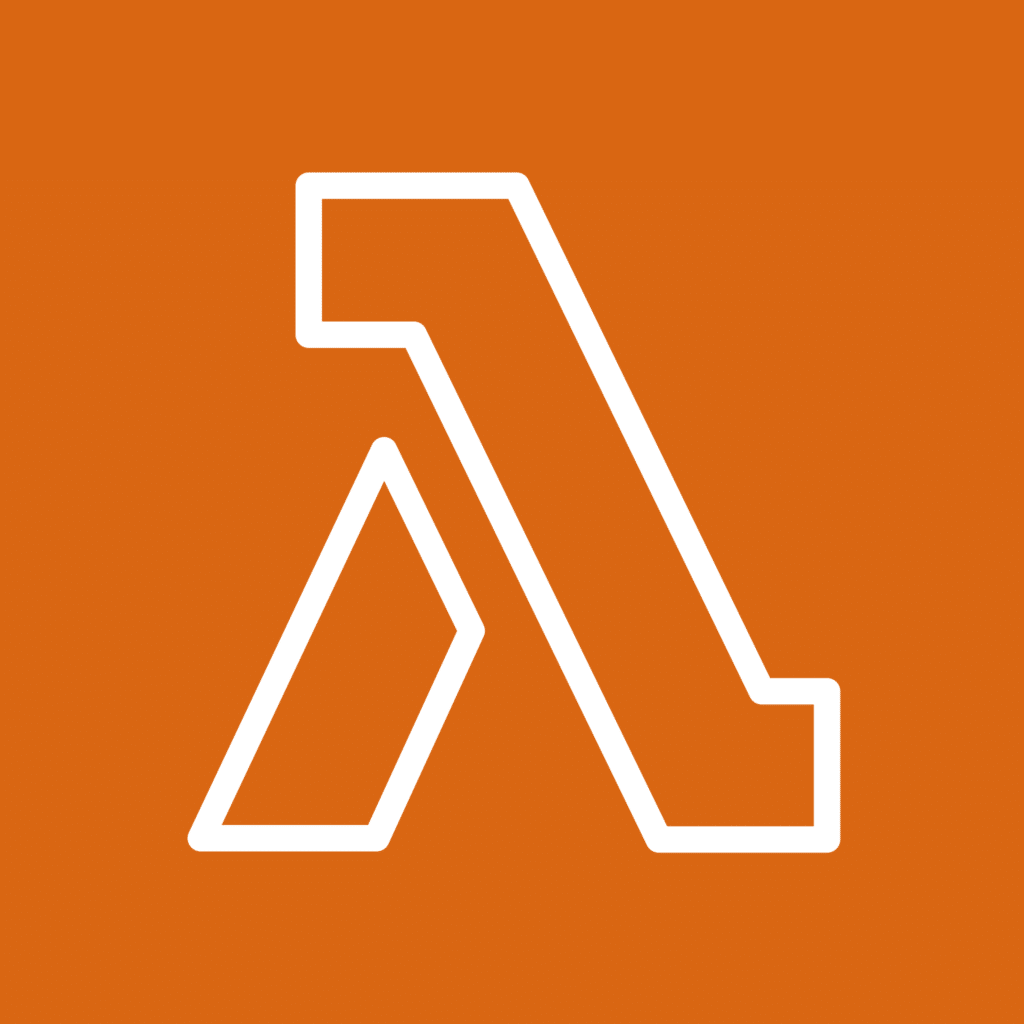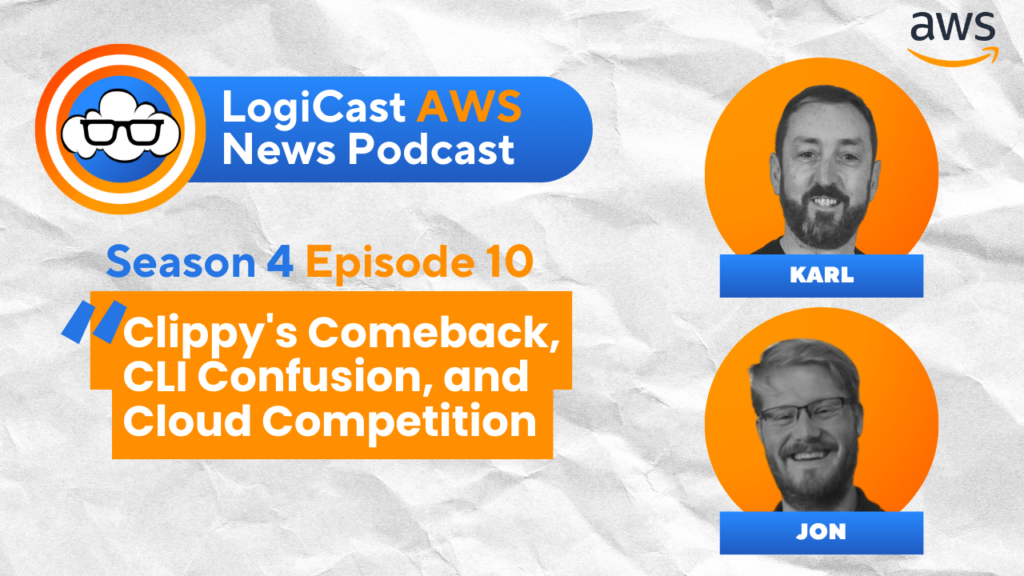
Logicata AI Bot
April 8, 2025
The Logicata AI Bot automatically transcribes our weekly LogiCast AWS News Podcasts and summarises them into informative blog posts using AWS Elemental MediaConvert, Amazon Transcribe and Amazon Bedrock, co-ordinated by AWS Step Functions.
In the latest episode of LogiCast, the AWS News podcast, host Karl Robinson and co-host Jon Goodall were joined by special guest Aymen Tangara from Tunisia to discuss the latest developments in the AWS ecosystem. The episode covered a range of topics, from new features in Amazon Cloudwatch to the ongoing issue of leaky S3 buckets.
Cloudwatch Application Signals: Monitoring Service Dependencies
The first topic of discussion was the introduction of Cloudwatch Application Signals, a new feature that allows users to monitor service dependencies and set Service Level Objectives (SLOs). Jon explained the difference between SLAs (Service Level Agreements), SLOs (Service Level Objectives), and SLIs (Service Level Indicators), emphasizing the importance of internal metrics for maintaining service quality.
Jon stated, “SLO tends to be an internal metric, and it’s not quite as good as the SLA or rather it’s slightly better than the SLA, I should say. So if your SLA says 99% uptime, your SLO will probably be 99.5% uptime.”
Aymen highlighted the importance of this feature for startup companies, noting that many miss the importance of monitoring in their early stages. He explained, “We have moved from the time or the periodic-based SLOs to the request-based SLOs. By this feature, we can actually track the performance at the granularity of individual requests.”
Aymen also pointed out the cross-account observability feature, which allows monitoring of multi-account environments and centralizes data in one dashboard. This capability is particularly valuable for managing hybrid or multi-cloud environments.
Step Functions SDK Expansion
The conversation then moved to the expansion of AWS Step Functions SDK integrations, which now includes Amazon Backup Search and 137 additional APIs. John Goodall expressed his enthusiasm for Step Functions, praising their ease of use in orchestrating serverless workflows and their ability to provide visual representations of processes.
Jon explained, “This particular backup integration is quite interesting to me because now you can orchestrate backup discovery and management directly without writing additional code.” He noted that this integration could simplify processes that previously required extensive Lambda code.
Aymen added that this expansion offers “simplified architecture and orchestration” and allows users to “scale cost-effectively for distributed applications and especially for backup and AI workflows.”
Bedrock Guardrails: Image Content Filters
The discussion then turned to the general availability of industry leading image content filters in Amazon Bedrock Guardrails. Karl Robinson shared an anecdote about content filter false positives, highlighting the challenges in accurately identifying harmful content.
Jon pointed out that while image content filtering isn’t new to AWS, the integration with Bedrock Guardrails offers additional capabilities, such as blocking specific words and identifying personal data. He noted, “What’s interesting is it’s done it through a guardrail and it’s done it in addition to things like blocking particular words.”
Aymen emphasized the benefits of these filters in restricting unsafe content for vulnerable audiences, such as children. He stated, “The content moderation that Amazon Bedrock offers to filter the harmful and unsafe image content using the automated reasoning checks can be very beneficial.”
Leaky S3 Buckets: An Ongoing Issue
The podcast then addressed the recurring issue of leaky S3 buckets, discussing a recent incident where 27,000 records in an Australian fintech database were exposed. Tangara stressed the importance of proper monitoring and security measures, suggesting the use of tools like Trevi to check infrastructure provisioning.
Jon expressed frustration at the continuing occurrence of these incidents, stating, “Nowadays, if you have data exposed in a bucket, it’s your fault because AWS have gone to enormous lengths now to make this something that you have to do intentionally.”
AWS Reaffirming Commitment to Open Source
The final topic covered AWS’s reaffirmation of its commitment to open source projects, including the extension of $3 million in annual credits to the Kubernetes project. While acknowledging the value of cloud credits, both Goodall and Tangara expressed a preference for direct financial support to open source projects.
Jon noted, “Cloud credits are fine. Amazon vouchers are more valuable than cloud credits, I find, but that’s just me. I’m not an organization or a charity or whatever. Real money is more valuable.”
Aymen added, “Having some credits, cloud credits can be beneficial for everyone, but sometimes, all you need or what you need actually is that proper money that you need to invest in different areas.”
The episode concluded with a brief discussion of the recent AWS Community Day in Tunisia, where Aymen shared insights about the event’s focus on security issues, AI developments, and networking opportunities for students and professionals in the AWS ecosystem.
This comprehensive discussion highlighted the continuous evolution of AWS services and the challenges faced by developers and organizations in leveraging these tools effectively while maintaining security and contributing to the open-source community.
This is an AI generated piece of content, based on the Logicast Podcast Season 4 Episode 14.





